The Landscape Enhancement Initiative (LEI) is an important part of the VIP project. Championed by our stakeholders, the initiative aims to use up to £12m of the Ofgem provision for smaller visual improvement projects.
What is LEI?
The Landscape Enhancement Initiative (LEI) is a grant scheme that is reducing the impact of National Grid’s existing electricity transmission lines in England and Wales
It’s an important part of National Grid’s Visual Impact Provision project and makes use of the same provision made available by our regulator, Ofgem.
Between 2015 and 2021, the LEI provided almost £4m for localised visual improvement projects. Over the next five years it aims to build on this success with funds in the region of £12m available to eligible National Landscapes (formerly Areas on Outstanding Natural Beauty) and National Parks in England and Wales.
The LEI has been championed by the VIP project’s Stakeholder Advisory Group, which includes organisations such as Natural England, Historic England, National Parks England and CPRE plus their Welsh counterparts, along with the National Trust, National Landscapes Association, the Ramblers and the Landscape Institute.
It has already made a positive contribution to natural beauty, wildlife and biodiversity, cultural heritage and public enjoyment.
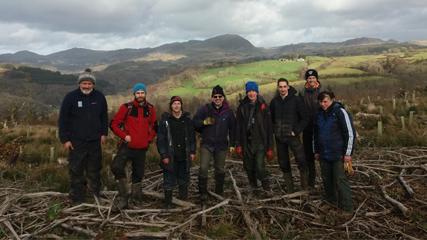
Applications must be submitted by National Landscape Partnerships or National Park Authorities. However, many of the successful LEI projects to date have been developed by groups including the local Wildlife Trusts, RSPBs, parish councils and landowner groups, to name but a few.
Contact the National Landscape or National Park authority in your area of interest in the first instance, to discuss any ideas you may have for a project that could be funded by the Landscape Enhancement Initiative.
Each National Landscape or National Park can have a maximum of £900,000 worth of live grants at any one time, to ensure that all organisations have a fair chance to earn an award.
How will the National Landscape Partnerships or National Park Authorities be involved?
The National Landscape Partnerships or National Park Authorities will normally be involved in:
- working with National Grid to help with the promotion of the LEI and assisting in the identification of possible projects
- advising local groups, communities or others on the development of proposals and applications
- overseeing the implementation and ongoing maintenance/management of approved projects, to ensure that money is well spent, objectives are met and quality is maintained
- monitoring and evaluating the benefits of the funded projects over time
- working with the LEI team to publicise projects at a local (and potentially national) level, to demonstrate partnership working and promote best practice and lessons learned.
Note: Projects that only benefit private property or private individuals will not be considered.
Take a look at our LEI successes page for more information and to see what kind of projects can be funded.
Only projects based in the following National Landscapes or National Parks are eligible:
National Landscapes with National Grid transmission lines running through:
| Anglesey | Cranbourne Chase and West Wiltshire | North Wessex Downs |
| Blackdown Hills | Dedham Vale | Shropshire Hills |
| Cannock Chase | Dorset | Solway Coast |
| Chilterns | Forest of Bowland | Suffolk Coast and Heaths |
| Clwydian Range and Dee Valley | High Weald | Tamar Valley |
| Cornwall | Kent Downs | Wye Valley |
| Cotswolds |
National Parks with National Grid transmission lines running through:
| Breacon Beacons | New Forest | Peak District |
| Lake District | North York Moors | Snowdonia |
| South Downs |
In addition, we will consider the following areas where the setting of the National Landscape or National Park is affected by National Grid transmission lines that were included in the original landscape assessment:
| Howardian Hills National Landscape | Northumberland National Park |
| Quantocks National Landscape | Pembrokeshire Coast National Park |
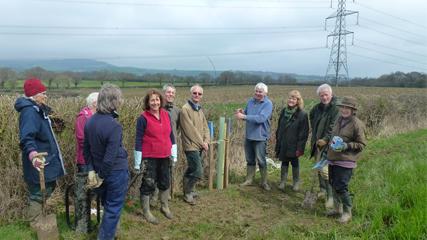
National Grid is inviting applications from National Landscape Partnerships and National Park Authorities for projects that can deliver reduced visual impacts and landscape enhancements within these protected landscapes.
The online process is simple and streamlined, and expert help is available to all applicants.
When you click on the ‘Apply’ link you will be directed to some Eligibility Questions, which will identify if your project is eligible for consideration. You will then be able to complete the ‘Expression of Interest’, which is a short application. This will be assessed by the LEI team and if your project is deemed suitable you will be invited to complete a full application form.
You are encouraged to submit your Expression of Interest as soon as possible, as in the event that too many Expressions of Interest are received we may need to close the application window early.
How the process works
To see how the three stage application process works in more detail, take a look at our process diagram.
There are two application windows per year.
An application can consist of more than one project (developed by communities or other organisations and groups) into potential funding packages. It should demonstrate the active involvement of wider stakeholders and/or the local community.
If you have carefully read our guidelines and would like to apply, please complete our online application form.
We ask that all expressions of interest are submitted using our online application. However, you can access a Word version of the form, which might be helpful when drafting and planning your application. This form is to be used only as a method of preparation for your full online submission. Only online applications will be considered as complete.
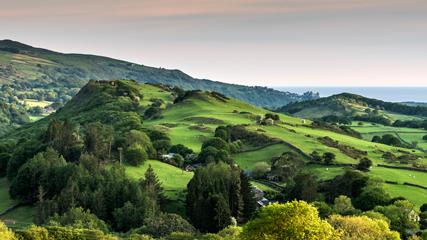
Successful schemes will have a focus on implementing the most effective and value for money solutions to reduce the landscape and visual impacts of National Grid’s existing electricity infrastructure in National Landscapes and National Parks.
Primary criteria
- How effective is the project likely to be in reducing the impact of existing electricity transmission infrastructure on publicly accessible viewpoints, and the general visual resource experienced by local communities and/or by visitors to the area?
- How effective is the project likely to be in enhancing the landscape in the affected area (not related to specific groups of people or viewpoints) in ways that may reduce or compensate for the impact of relevant electricity transmission infrastructure?
- Is the project in keeping with the character of the landscape? Does it help to foster regional and local landscape diversity and distinctiveness (informed by Natural England’s national Character Area profiles, LANDMAP information in Wales and any local landscape character assessments that may be available)?
- Does the project support objectives set out in the National Landscape or National Park management plan for the area?
Other environmental criteria
- What other environmental benefits will the project bring, e.g. protecting or enhancing biodiversity and/or protecting or enhancing historic features?
- Has the project been designed to avoid adverse effects on environmental features, such as wildlife sites and historic features? (Applicants are expected to demonstrate that they have consulted the appropriate environmental and historic environment records and, where necessary, relevant advisors.)
- Does the project give rise to other inadvertent environmental impacts, for example through pollution or ground disturbance while works are carried out?
- Does the project require planning permission, protected species licencing or other consent? This can be checked with your local National Landscape Partnership or National Park Authority representative.
Social and economic criteria
- Does the project contribute to improving public access and enjoyment of the area?
- Does the project demonstrate a partnership approach and/or community involvement in its development, design and/or implementation?
- Does the project contribute to sustainable social and economic development in the area, for example through use of local suppliers of products, services and materials?
- Does the project contribute to education and development in the area, including vocational and practical training that has the potential to improve the local skills base?
Practical project criteria
- Does the project have a clear and realistic set of objectives that will allow outcomes to be monitored and evaluated?
- Are the arrangements for providing match funding appropriate and deliverable? (Note: we will only fund up to 75 percent of project costs, see our Guidance on Match Funding for details of how to raise the other 25 percent.
- Are the proposed arrangements for delivering the project appropriate and robust, and likely to lead to successful outcomes?
- Are there realistic proposals for three-year maintenance and for ongoing management, to ensure that benefits are fully realised?
- Are measures in place to ensure appropriate levels of monitoring and evaluation of outcomes?
- Does the project include measures to publicise it (alongside other VIP projects, if appropriate) and to ensure that wider learning for other areas can take place?
Projects are not expected to meet every one of the above criteria, but your chances of being funded are likely to be higher if more of the criteria are met.
For further information please read our full LEI policy.
Meet the panel
All applications will be assessed by a Grants Officer and one of our Landscape Advisors before being submitted to the LEI Approvals Panel.
The LEI Approvals Panel will review submissions and agree which projects it believes should receive funding. The final decision as to which schemes are funded will be taken by National Grid based on the recommendations of the LEI Approvals Panel.
The LEI Approvals Panel is independently chaired by Rebecca Knight, a fellow of the Landscape Institute, and includes representatives from Cadw, Historic England, Natural Resources Wales and Natural England.
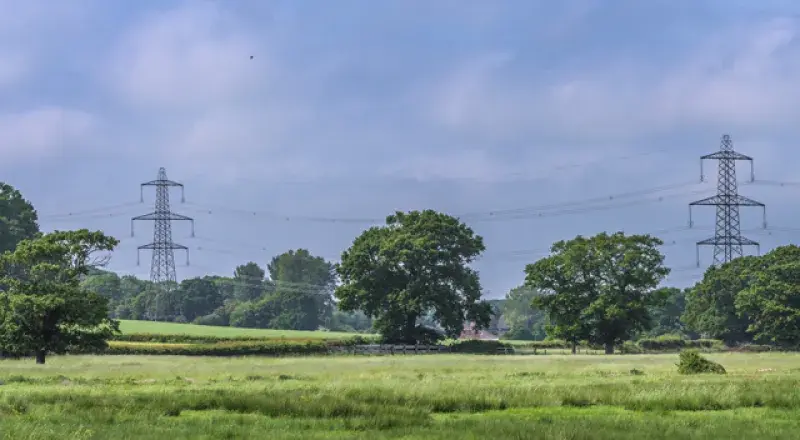
Our answers to your questions
Do you have questions? Visit our Frequently Asked Questions page for more information.
Contact us
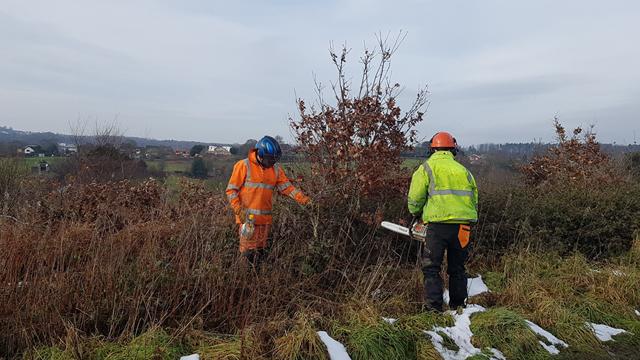
If you have any questions or queries about the Landscape Enhancement Initiative these should be directed to us by:
Phone: 07971 000158
Available 9am to 5pm, Monday to Friday (excluding Bank and Public holidays)
Email: [email protected]